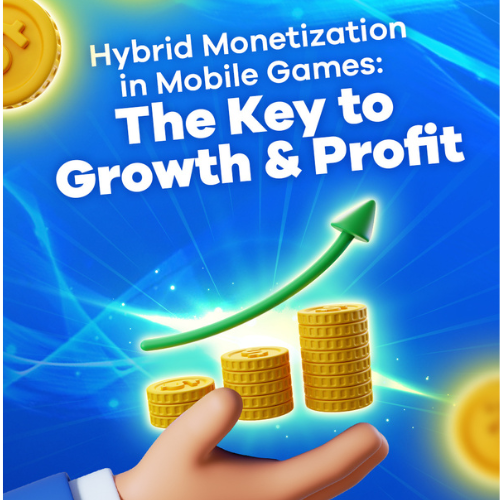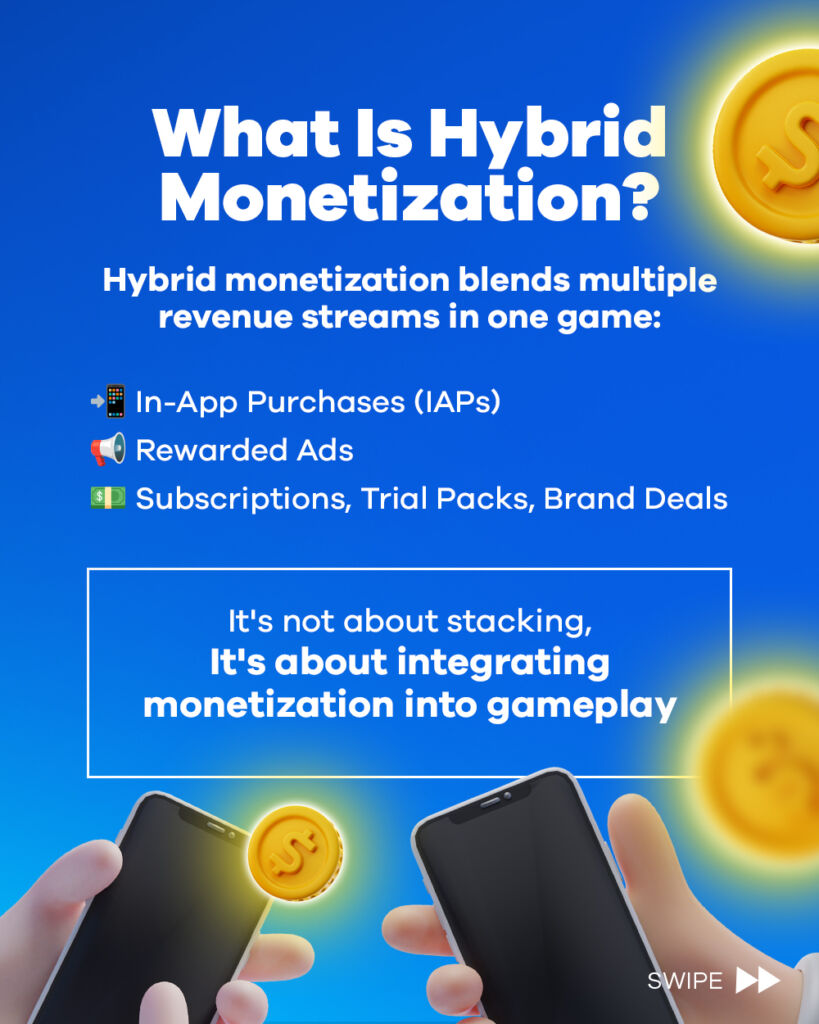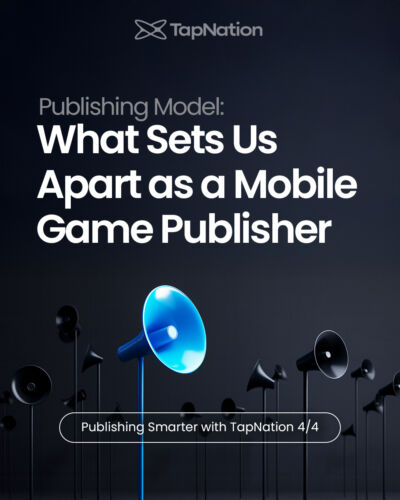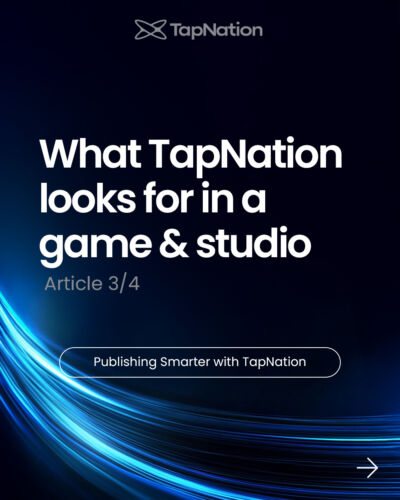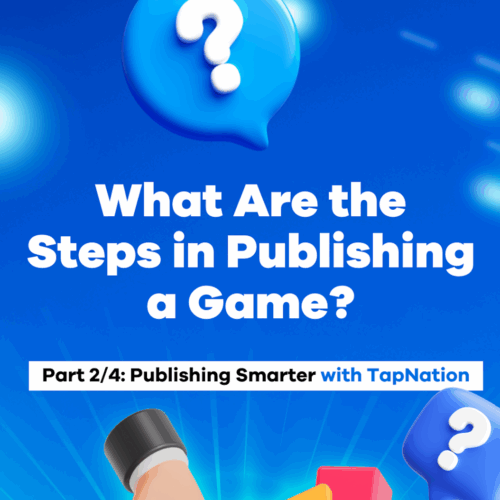Syef Medini – May 17, 2025
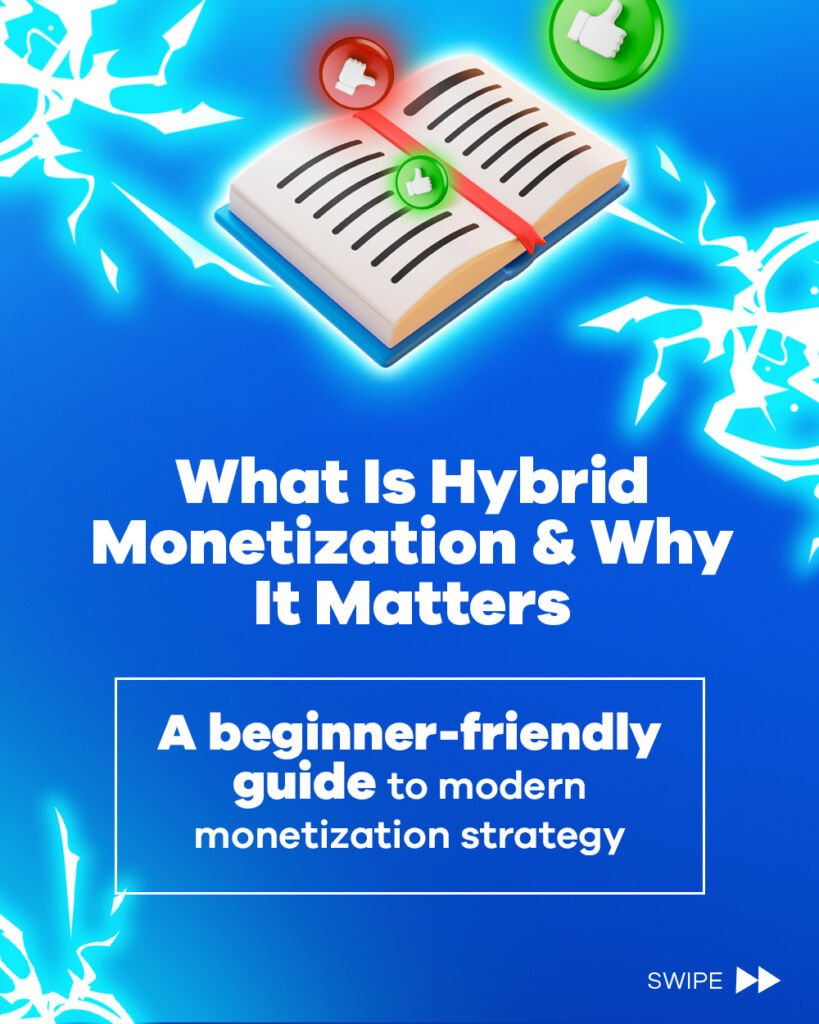
Summary
- The era of ad-only monetization is fading fast — hybrid casual games need layered, smart monetization to scale.
- Hybrid monetization blends IAP and ads in a way that enhances — not interrupts — gameplay.
- Games like Hero Making Tycoon and Wordling show that monetization and retention can (and must) work hand-in-hand.
- Publishers and developers who master this balance unlock stronger LTV, higher ARPU, and better long-term growth.
The Problem: Ad Revenue Alone Doesn’t Scale Anymore
In hypercasual, simple gameplay + aggressive ads = success.
But those days are fading. In hybrid casual gaming, relying solely on ads is no longer enough. Players expect more as they want to stay on the game longer. Monetization must feel natural and be smartly placed. And if your game can’t generate revenue beyond banner clicks and interstitials, scaling will stall — fast.
The hybrid model solves this. It allows developers to combine IAPs, rewarded ads, subscriptions, and brand deals — unlocking multiple paths to monetization without killing user experience.
What Is Hybrid Monetization?
Hybrid monetization is exactly what it sounds like: a model that blends multiple revenue streams in one game — ads + in-app purchases (IAPs), often with additional layers like subscriptions, direct deals, or trial packs.
The key is balance. The best-performing hybrid casual games don’t just stack ads and shop items — they integrate monetization into gameplay. It’s about building systems that reward both attention and intention.
Why Hybrid Monetization Matters?
1. It Boosts LTV Without Killing Retention
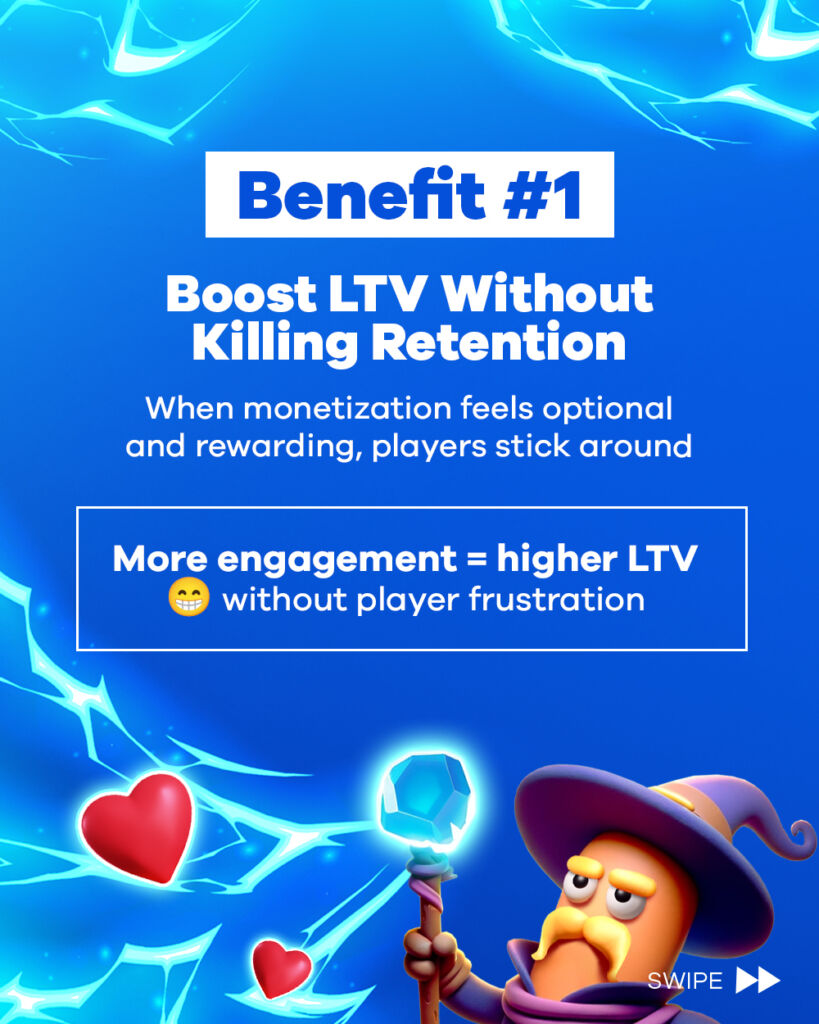
Monetization without frustration is the sweet spot. The right hybrid model can increase ad engagement while keeping players around longer—balancing business goals with user experience.
2. It Opens the Door to High-Value Players
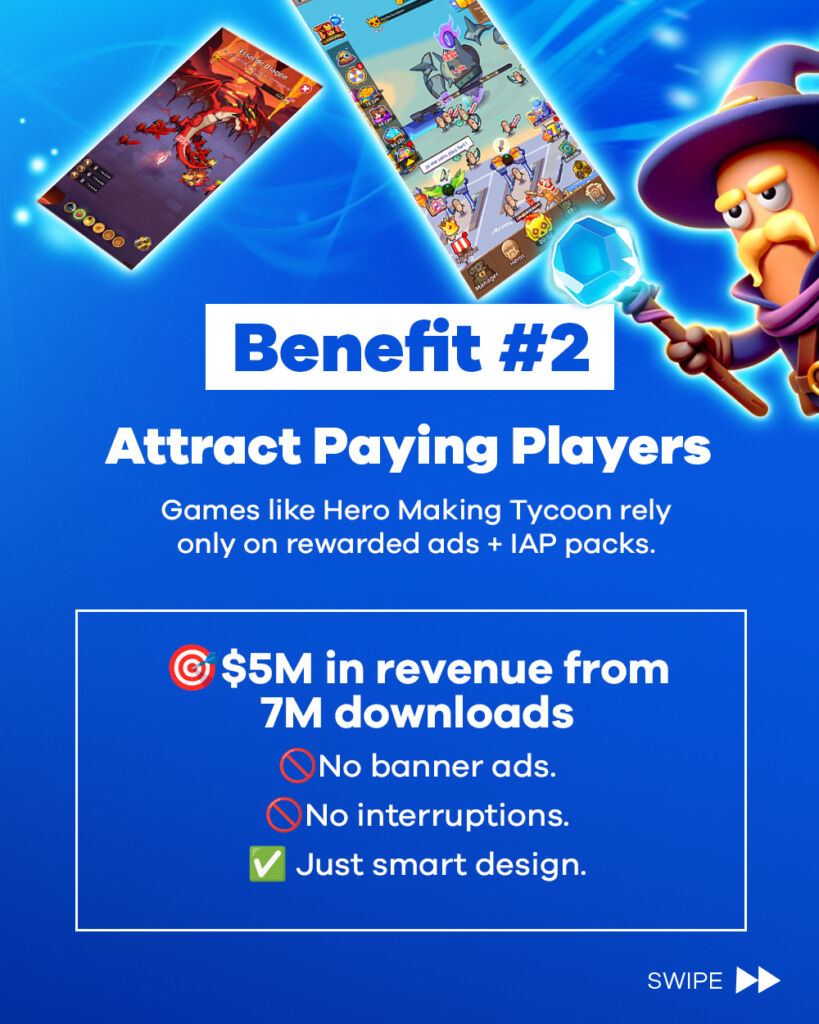
Unlike hypercasual games that churn fast, hybrid casual games often attract players who are willing to invest in progression. Hero Making Tycoon is a prime example — it relies only on rewarded ads, with no banners or interstitials, and combines that with a light economy loop and well-crafted IAP packs. The result? $5M in revenue from 7M downloads, highlighting its strong ARPU and global appeal.
3. It Makes Scaling More Predictable
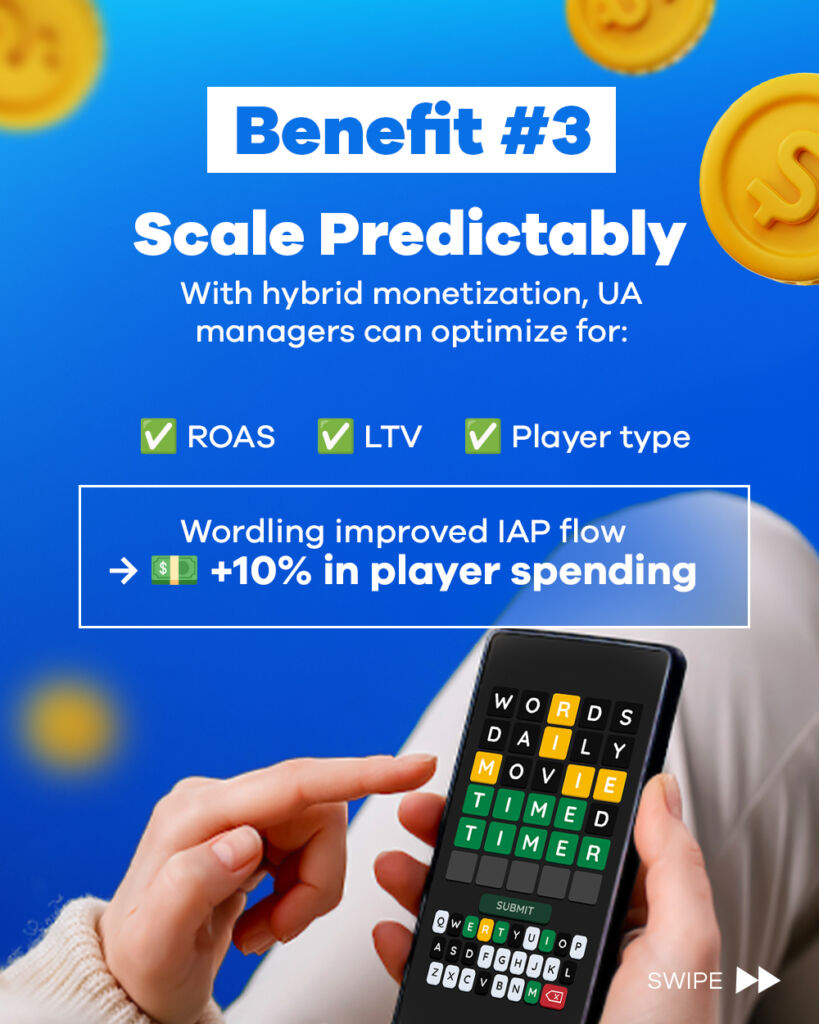
If you rely only on ads, UA is capped by eCPM fluctuations. But hybrid monetization lets UA managers optimize campaigns for ROAS and LTV, which makes acquisition more scalable. In Wordling, updates to IAP flow and UX design led to a 10% boost in player spending — a clear example of performance driving growth. Note: Even hypercasual classics like Giant Rush can benefit from a fresh approach. By reworking ad placements and game flow, TapNation increased rewarded ad views by 14%—while also boosting retention and session time.
Want to find out more about metrics that is important to track ? Check out our latest article on KPIs that Matter
What Good Hybrid Monetization Looks Like
- Rewarded ads that feel optional, not intrusive
- Shop items that enhance — not break — progression
- Trial offers, seasonal packs, and VIP bundles
- Dynamic ad strategies that adapt by region and player type
Wordling, for example, uses multi-language support and varying price points to maximize IAP conversions globally. Its offer structure is light but smart — driving revenue without overcomplicating the game loop. At TapNation, we’re constantly testing new ways to refine monetization — whether that’s tailoring ad formats or personalizing offers.
“This year, we’re exploring how different user segments respond to different monetization setups — optimizing both engagement and monetization by shifting away from one-size-fits-all models.” – Syef Medini, Ads Monetization Manager
Segmentation is key — not just for boosting revenue, but for making the entire experience feel more tailored for the player.
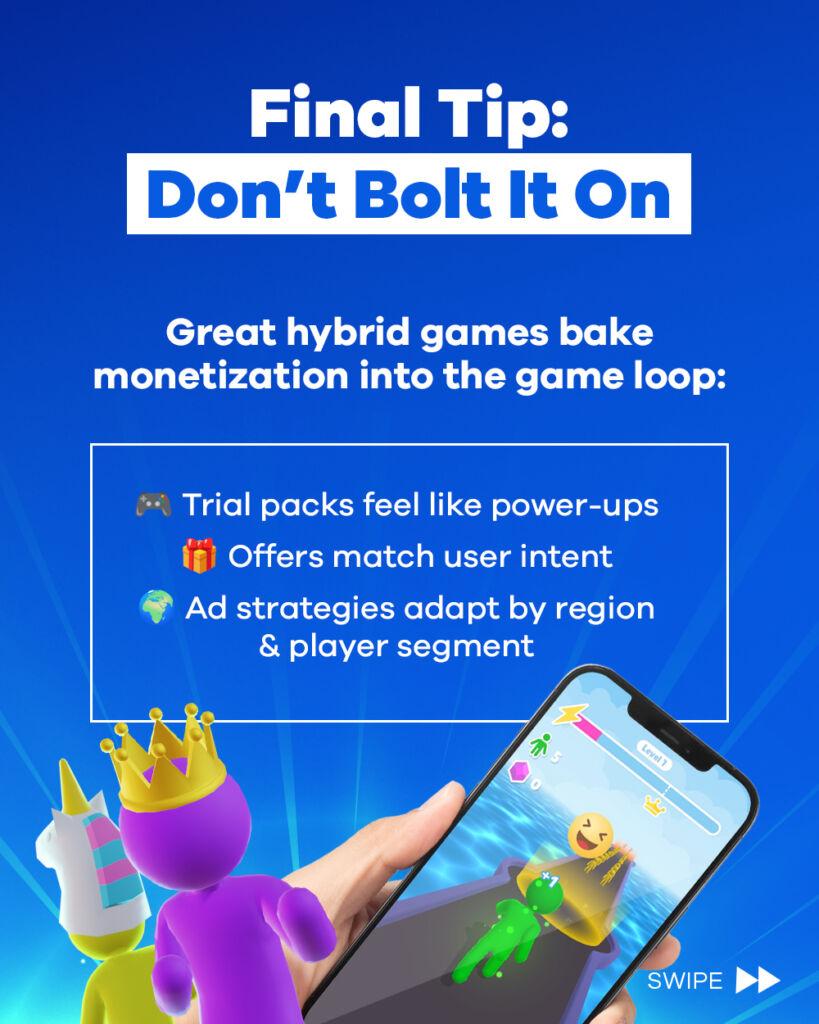
Build Monetization Into the Game Loop, Not On Top of It
A common mistake? Treating monetization like a bolt-on feature. Hybrid casual games that win long-term do the opposite: they bake monetization into the gameplay experience.
In Hero Making Tycoon, players collect resources, upgrade facilities, and equip heroes — but the monetization is woven into these steps. Trial packs, boosts, and upgrades all feel like part of the natural game loop — not a distraction from it.
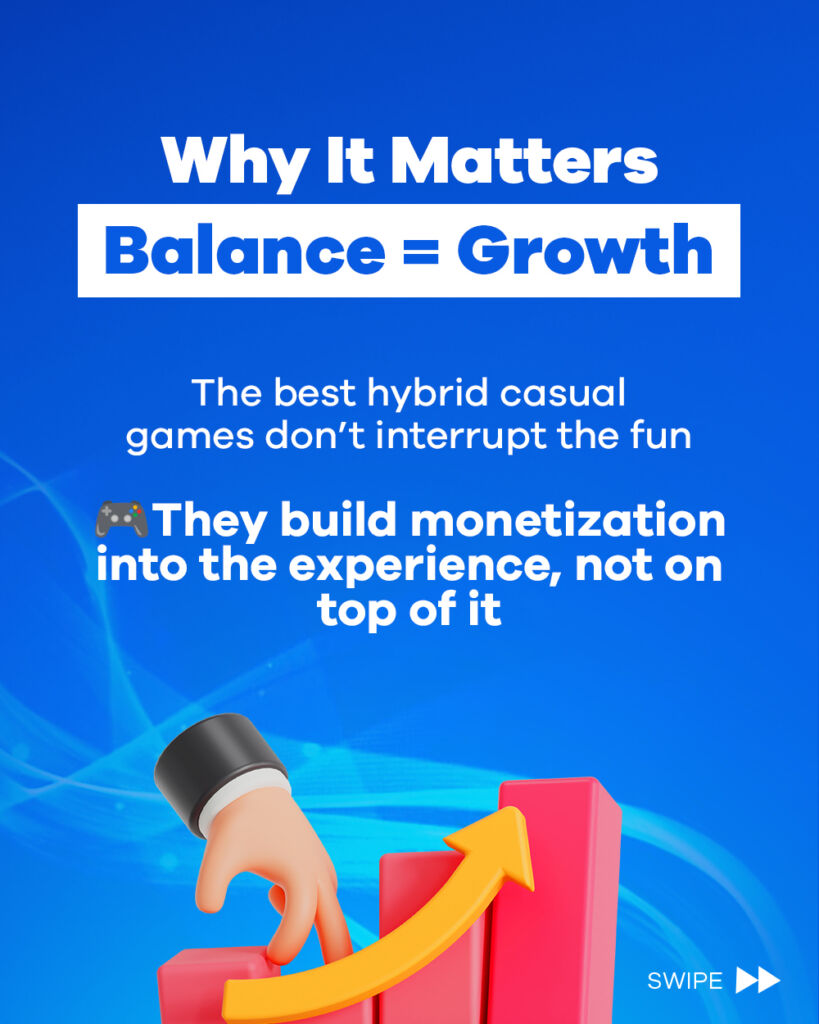
Why It Works: Performance + Player Experience
At TapNation, we don’t just optimize monetization — we align it with UA, product, and data from day one. Our teams collaborate across every phase to ensure that monetization systems support retention, gameplay depth, and long-term growth.
Because here’s the truth: your game doesn’t scale because it’s fun or visually appealing alone. It scales when monetization strategies and player engagement are aligned, creating a solid foundation for long-term success.
Ready to Unlock Growth?
Hybrid monetization is more than a revenue strategy — it’s a growth engine. When done right, it gives you flexibility, higher LTV, and scalable UA. But it has to be intentional, tested, and aligned with your gameplay.
That’s where we come in 👉 Submit your game and let TapNation help you build, refine, and scale a hybrid casual game that’s not only fun — but financially built to thrive.
References
[1] – https://www.tap-nation.io/games/wordling/
[2] – https://www.tap-nation.io/games/giant-rush/
[3] – https://www.tap-nation.io/games/hero-making-tycoon/
[4] – https://www.tap-nation.io/blog/the-tapnation-growth-model-for-user-acquisition-monetization/
[5] – https://www.tap-nation.io/blog/kpis-that-matter-metrics-to-track-in-hybrid-casual-games/


